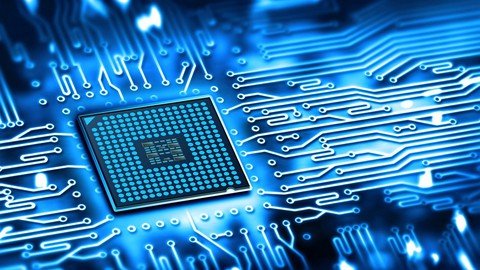Digital electronics is a field of electronics involving the study of digital signals and the engineering of devices that use or produce them. This is in contrast to analog electronics and analog signals.
Binary number system, in mathematics, positional numeral system employing 2 as the base and so requiring only two different symbols for its digits, 0 and 1, instead of the usual 10 different symbols needed in the decimal system. The numbers from 0 to 10 are thus in binary 0, 1, 10, 11, 100, 101, 110, 111, 1000, 1001, and 1010. The importance of the binary system to information theory and computer technology derives mainly from the compact and reliable manner in which 0s and 1s can be represented in electro-mechanical devices with two states—such as “on-off,” “open-closed,” or “go–no go.”
A logic gate is an idealized model of computation or physical electronic device implementing a Boolean function, a logical operation performed on one or more binary inputs that produces a single binary output. Depending on the context, the term may refer to an ideal logic gate, one that has for instance zero rise time and unlimited fan-out, or it may refer to a non-ideal physical device[1] (see Ideal and real op-amps for comparison).
How to Enroll Basics of Digital Electronics course?
How many members can access this course with a coupon?
Basics of Digital Electronics Course coupon is limited to the first 1,000 enrollments. Click 'Enroll Now' to secure your spot and dive into this course on Udemy before it reaches its enrollment limits!









